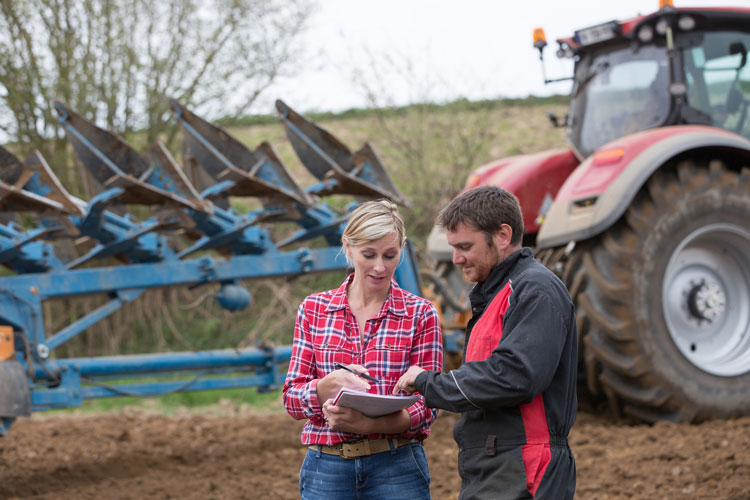
Where do you stand?
This is a typical opening question I ask farmers when evaluating their dairies. We are at the beginning of July, and summer crops are likely planted. Therefore, before entering the busy harvesting season, slow down, spend some time in the office, and analyze where the operation stands.
The unprecedented COVID-19 scenario has forced several farms to reduce milk production through drastic actions, such as reducing milking from three to two times, culling cows at greater rates than usual, and/or dumping milk. According to USDA figures, milk production across the country was 1.1% lower in May 2020 than in May 2019.
All these actions while reducing supply has also likely impacted farms’ budgets substantially. Therefore, it is paramount that dairy farmers perform a projection of revenues and operative expenses for the short- and mid-term.
Overall, hopefully farms are able to keep revenues greater than the operative expenses. If this is not the case, then some additional and major adjustments in the management might still be needed. As a challenging side note, reducing the herd size or decreasing milking frequency may have reduced some operative costs but might not necessarily solve pre-existing inefficiencies at the farm.
To prioritize and define these adjustments, it is critical to have a good communication with your personnel and your consultants, such as the veterinarian and the nutritionist.
Having revenues greater than operative expenses is a great stance for any farm. However, is that good enough?
To answer this, farmers should analyze their balance sheet to determine short- and mid-term obligations. Revenues greater than the operative expenses will translate into a positive cashflow, which is great. However, a positive cash flow might not be sufficient to pay debt in the short- and mid-term. If this is the case, then a conversation with your lenders is also warranted to discuss potential solutions.
In summary, during these hard days, more than ever a manager has to manage and not leave actions to chance. As such, farmers need to analyze, evaluate, and adjust their operation in accordance with the unfavorable scenario. Remember that an imperfect management plan will be much better than having no plan at all.








